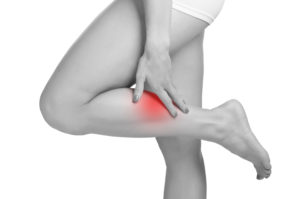 There are many types of vascular diseases with a varying degree of prognosis after treatment. One of these is the May-Thurner syndrome, also called iliac vein compression. It is best to consult a vascular specialist to evaluate its symptoms and get a correct diagnosis. Various types of proven treatment, however, are available for the condition.
There are many types of vascular diseases with a varying degree of prognosis after treatment. One of these is the May-Thurner syndrome, also called iliac vein compression. It is best to consult a vascular specialist to evaluate its symptoms and get a correct diagnosis. Various types of proven treatment, however, are available for the condition.
How Does It Occur?
This syndrome is, however, a very rare condition and affects the iliac vein on the left side. This vein is a large one found in the abdominal region and sometimes gets compressed by the right iliac artery, to result in this condition. This kind of compression causes leg swelling and pain. This condition also increases the occurrence of a blood clot condition called deep vein thrombosis, which can turn serious, if neglected.
Diagnosis of the Condition
This condition or syndrome is not very common, but it is more prevalent with younger women under birth control. This can also occur when you are pregnant or after delivery. The patients might or might not have symptoms. Since this condition can lead to the more serious deep vein thrombosis, medical treatment is advised. The diagnostic tests used to check this condition includes CT scans, MRI and ultrasound.
The Treatment
The patients are treated with injections structured to dissolve clots, in the blood flowing through the compressed vein. They might also be given anticoagulation medication and/or administered stent and angioplasty to open out the compressed vein. Stents can help a great deal as they can stop further narrowing of the vein.
If detected early, the condition can be treated successfully and chances of recovery are usually high. It is advised to consult a qualified vascular specialist, as soon as any sign or symptom comes to light of leg swelling or deep vein thrombosis.

